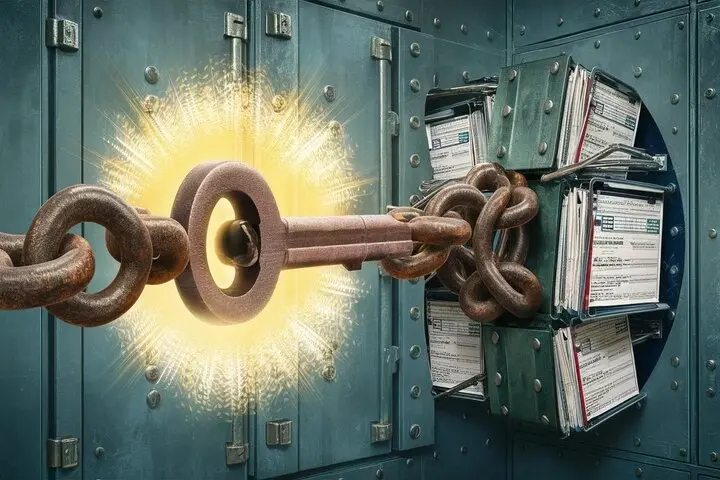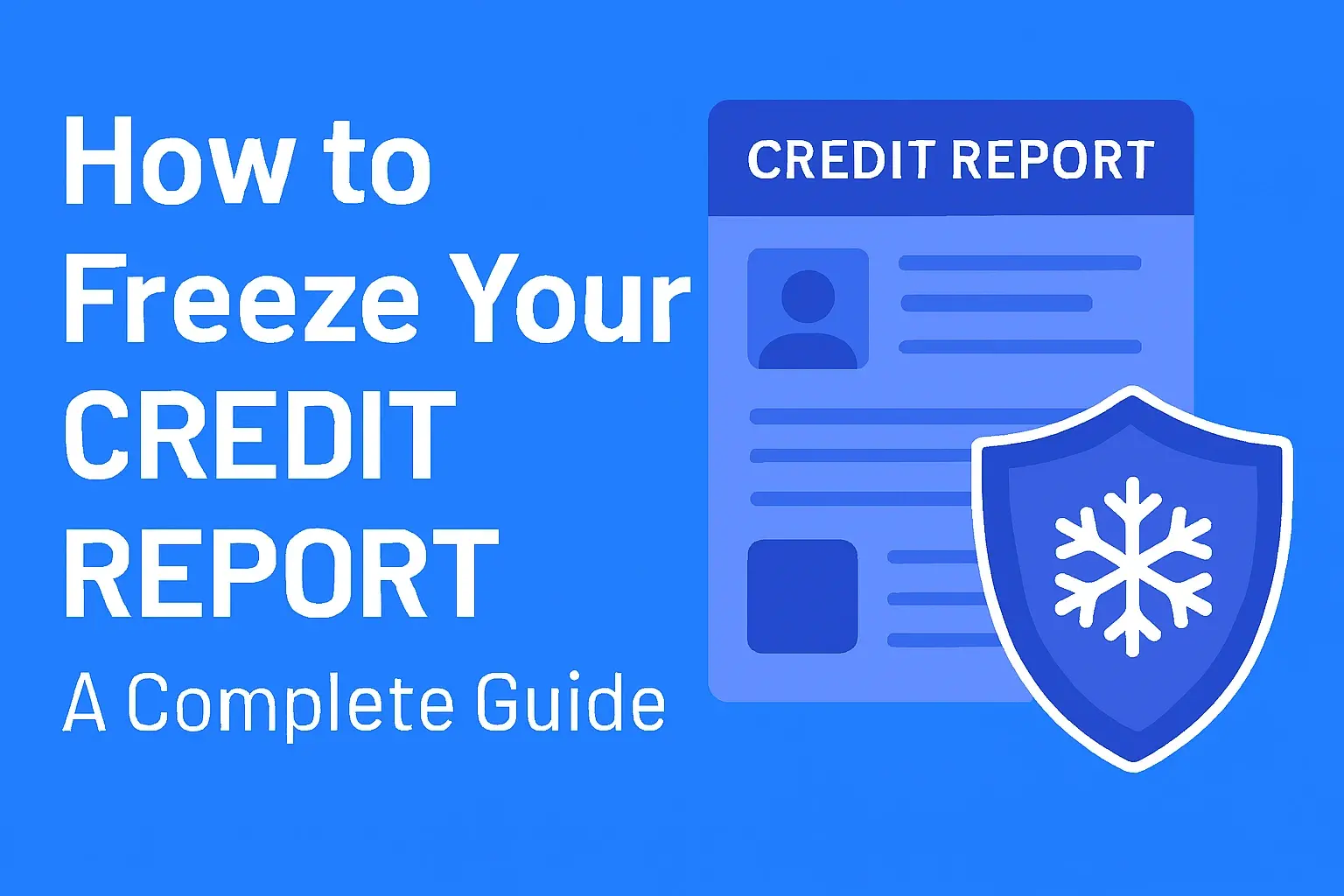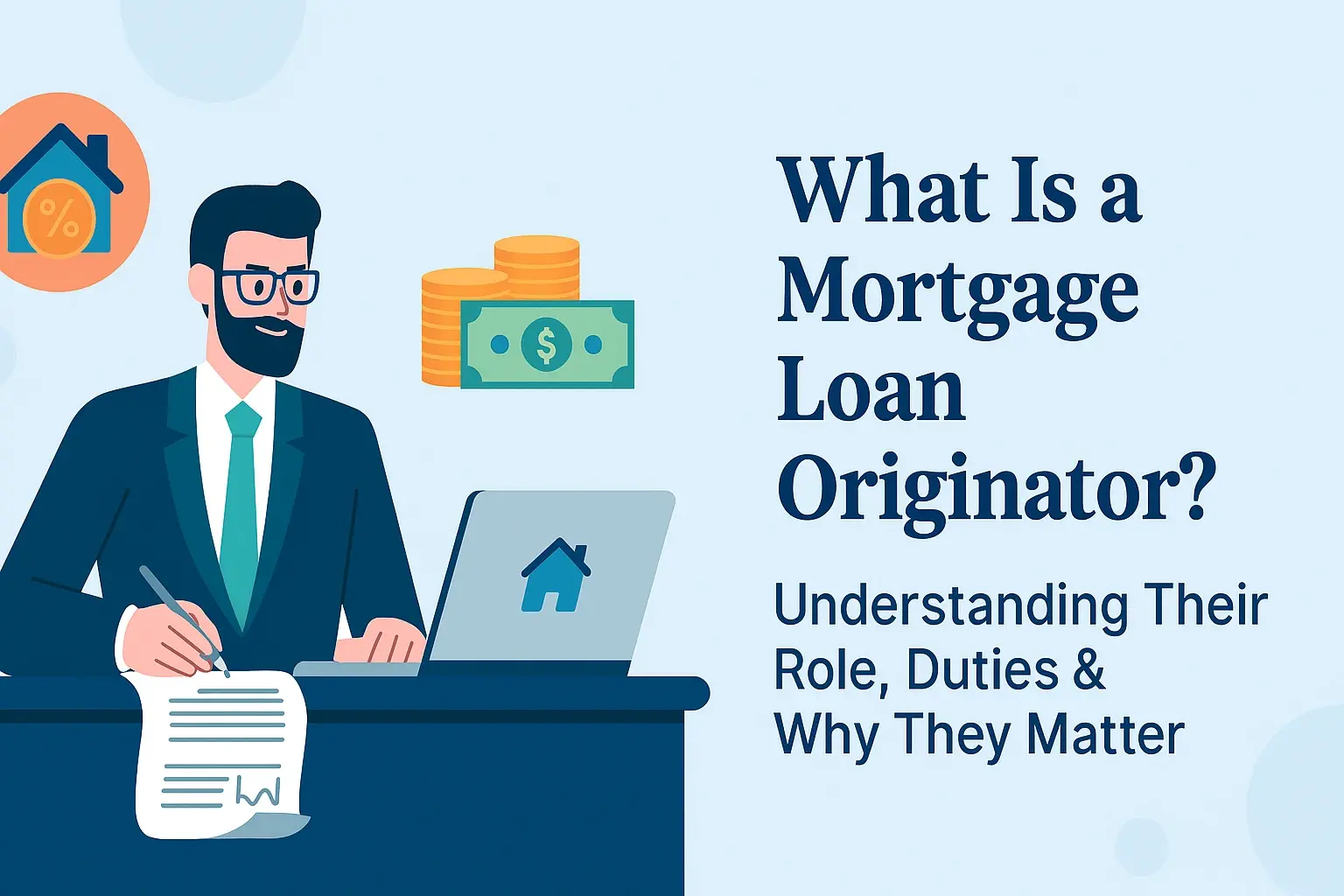-
Posted on: 23 Jul 2024

-
Dealing with collections on your credit report can be a stressful and frustrating experience. These negative entries can significantly impact your credit score, making it harder to secure loans, rent an apartment, or even get approved for a credit card. While there aren't any true "loopholes" that guarantee immediate removal, there are legitimate strategies you can employ to potentially remove collections from your credit report.
Understanding Collections and Your Credit Report
Before diving into potential removal strategies, it's crucial to understand how collections work and their impact on your credit. When you fail to pay a debt, the original creditor (e.g., a credit card company, utility provider, or medical facility) will typically try to collect the debt themselves. If they are unsuccessful after a certain period, they may sell the debt to a collections agency. This agency then becomes responsible for pursuing the debt.
Collections agencies report unpaid debts to the three major credit bureaus: Experian, Equifax, and TransUnion. These entries can remain on your credit report for up to seven years from the date of the original delinquency (the first missed payment on the original debt). The older the collection, the less impact it has, but it still negatively affects your credit score.
The Impact of Collections on Your Credit Score
Collections significantly lower your credit score because they indicate a history of non-payment. A lower credit score can lead to:
- Higher interest rates on loans and credit cards
- Difficulty getting approved for loans or credit cards
- Higher insurance premiums
- Trouble renting an apartment
- Challenges getting a job (some employers check credit reports)
Strategies for Removing Collections (Beyond the "Loophole" Myth)
While there's no magic bullet, these strategies can potentially help you remove collections from your credit report:
1. Disputing Errors with the Credit Bureaus
The Fair Credit Reporting Act (FCRA) gives you the right to dispute inaccurate or incomplete information on your credit report. This is often the first and most important step. If you find a collection that contains errors, such as the wrong account number, incorrect balance, or a date that doesn't match your records, you can dispute it with the credit bureaus.
How to Dispute a Collection:
- Obtain a copy of your credit report: You're entitled to a free credit report from each of the three major credit bureaus annually at annualcreditreport.com.
- Identify errors: Carefully review your credit reports for any inaccuracies or inconsistencies.
- Gather supporting documentation: Collect any documents that support your claim, such as payment records, account statements, or correspondence with the original creditor.
- Write a dispute letter: Clearly explain the error and why you believe it's inaccurate. Include copies (not originals) of your supporting documents. You can find sample dispute letters online.
- Send the dispute letter via certified mail: This provides proof that the credit bureau received your dispute.
- Wait for a response: The credit bureaus have 30 days to investigate your dispute. They will contact the creditor (or collection agency) to verify the information.
- Review the results: If the credit bureau finds that the information is inaccurate, they must remove it from your credit report.
Important Note: Be honest in your disputes. Filing frivolous or misleading disputes can be detrimental to your case and could even lead to penalties.
2. Debt Validation
Debt validation is a process where you request the collection agency to provide proof that they have the legal right to collect the debt and that the debt is valid. This is your right under the Fair Debt Collection Practices Act (FDCPA). If the collection agency cannot validate the debt, they are legally required to stop collection efforts and potentially remove the collection from your credit report.
How to Request Debt Validation:
- Send a debt validation letter within 30 days of the initial contact from the collection agency: The FDCPA grants you this 30-day window. Sending the letter promptly is crucial.
- Request specific information: Your letter should request information such as:
- The name of the original creditor
- The account number with the original creditor
- A copy of the original contract or agreement
- Documentation proving that they own the debt
- A payment history
- Send the letter via certified mail: Again, this provides proof of receipt.
- Review the response: The collection agency must provide the requested documentation within a reasonable timeframe. If they fail to do so, or if the documentation is insufficient, you can argue that the debt is not validated.
- Follow up: If the collection agency provides validation, carefully review the documentation. If you still believe the debt is inaccurate or invalid, you can continue to dispute it with the credit bureaus.
Why is Debt Validation Effective? Many collection agencies lack the proper documentation to validate debts, especially older ones. Debt validation forces them to prove their claim, which can be a significant hurdle for them.
3. "Pay-for-Delete" (Use with Caution)
A "pay-for-delete" agreement is an agreement with the collection agency where you agree to pay the debt in exchange for them removing the collection from your credit report. However, it's important to note that pay-for-delete agreements are not always honored. Many collection agencies are hesitant to agree to this, as it can violate their agreements with the credit bureaus.
Things to Consider Before Attempting Pay-for-Delete:
- Get the agreement in writing: Before making any payment, get a signed agreement from the collection agency stating that they will remove the collection from your credit report upon receipt of payment. This is absolutely crucial!
- Be aware of the risks: Even with a written agreement, there's no guarantee the collection agency will follow through. Keep a copy of the signed agreement and proof of payment.
- Consider alternatives: If the collection agency is unwilling to agree to a pay-for-delete, consider negotiating a lower payment amount. Even if the collection remains on your credit report as "paid," it will likely have less of a negative impact than an unpaid collection.
- The credit bureaus don't endorse pay-for-delete: In some cases, even if a collection agency removes the item from your credit report as a result of a pay-for-delete agreement, the credit bureaus may still find out about the original debt and re-add it to your report. While this is rare, it is a possibility to be aware of.
Alternatives to Pay-for-Delete: Negotiate a lower settlement amount and get the account marked as "paid" on your credit report. While it won't completely disappear, a paid collection is viewed more favorably than an unpaid one.
4. Statute of Limitations on Debt
The statute of limitations on debt is the period within which a creditor or collection agency can sue you to collect a debt. The length of the statute of limitations varies by state and the type of debt. Once the statute of limitations expires, the creditor can no longer sue you to collect the debt.
Important Considerations:
- Statute of limitations doesn't remove the collection: Even if the statute of limitations has expired, the collection can still remain on your credit report for up to seven years from the date of the original delinquency.
- Re-aging the debt: Making a payment on the debt, acknowledging the debt in writing, or even promising to pay can "re-age" the debt, restarting the statute of limitations period. Be very careful about your interactions with collection agencies.
- Consult with an attorney: If you believe the statute of limitations has expired on a debt, consult with an attorney to understand your rights and options.
5. Goodwill Letters (A Long Shot)
A goodwill letter is a request to the creditor or collection agency to remove a negative entry from your credit report as a gesture of goodwill. This strategy is most effective if you had a legitimate reason for missing payments, such as a job loss, medical emergency, or other unforeseen circumstances. It's also helpful if you have since demonstrated responsible financial behavior.
How to Write a Goodwill Letter:
- Address the letter to the appropriate party: Find the contact information for the original creditor or the collection agency.
- Explain the circumstances: Clearly and concisely explain why you missed payments. Be honest and take responsibility for your actions.
- Highlight your positive payment history: Emphasize your good payment history before and after the missed payments.
- Express your commitment to responsible credit management: Explain how you have learned from your mistakes and are committed to managing your credit responsibly in the future.
- Respectfully request the removal of the negative entry: Politely ask the creditor or collection agency to remove the negative entry as a gesture of goodwill.
Important Note: Goodwill letters are a long shot, but they are worth trying if you have a compelling reason for the missed payments and a strong record of responsible financial behavior.
6. Negotiating a Settlement
Instead of focusing solely on removal, consider negotiating a settlement with the collection agency. You might be able to negotiate a lower payment amount than the full amount owed. While the collection will still appear on your credit report as "settled," it can be a better outcome than an unpaid collection.
Tips for Negotiating a Settlement:
- Start low: Offer a small percentage of the total debt, such as 20% or 30%.
- Be prepared to negotiate: The collection agency will likely counter your offer. Be prepared to negotiate until you reach an agreement that works for both of you.
- Get the agreement in writing: Before making any payment, get a written agreement that specifies the settlement amount and that the collection agency will report the debt as "settled" to the credit bureaus.
Protecting Yourself from Predatory Practices
Be wary of credit repair companies that promise guaranteed removal of collections for a fee. Many of these companies make false promises and engage in unethical or illegal practices. It's always best to try to improve your credit yourself by following the strategies outlined above.
Warning Signs of a Credit Repair Scam:
- Promises guaranteed results
- Asks for upfront fees
- Advises you to dispute accurate information
- Tells you not to contact the credit bureaus directly
Conclusion
While there are no guaranteed "loopholes" to remove collections from your credit report, you can take proactive steps to improve your credit and potentially remove negative entries. By disputing errors, requesting debt validation, considering pay-for-delete (with caution), and understanding the statute of limitations, you can empower yourself to take control of your credit and work towards a healthier financial future. Remember to always be honest and accurate in your dealings with credit bureaus and collection agencies, and be wary of any promises that seem too good to be true.











